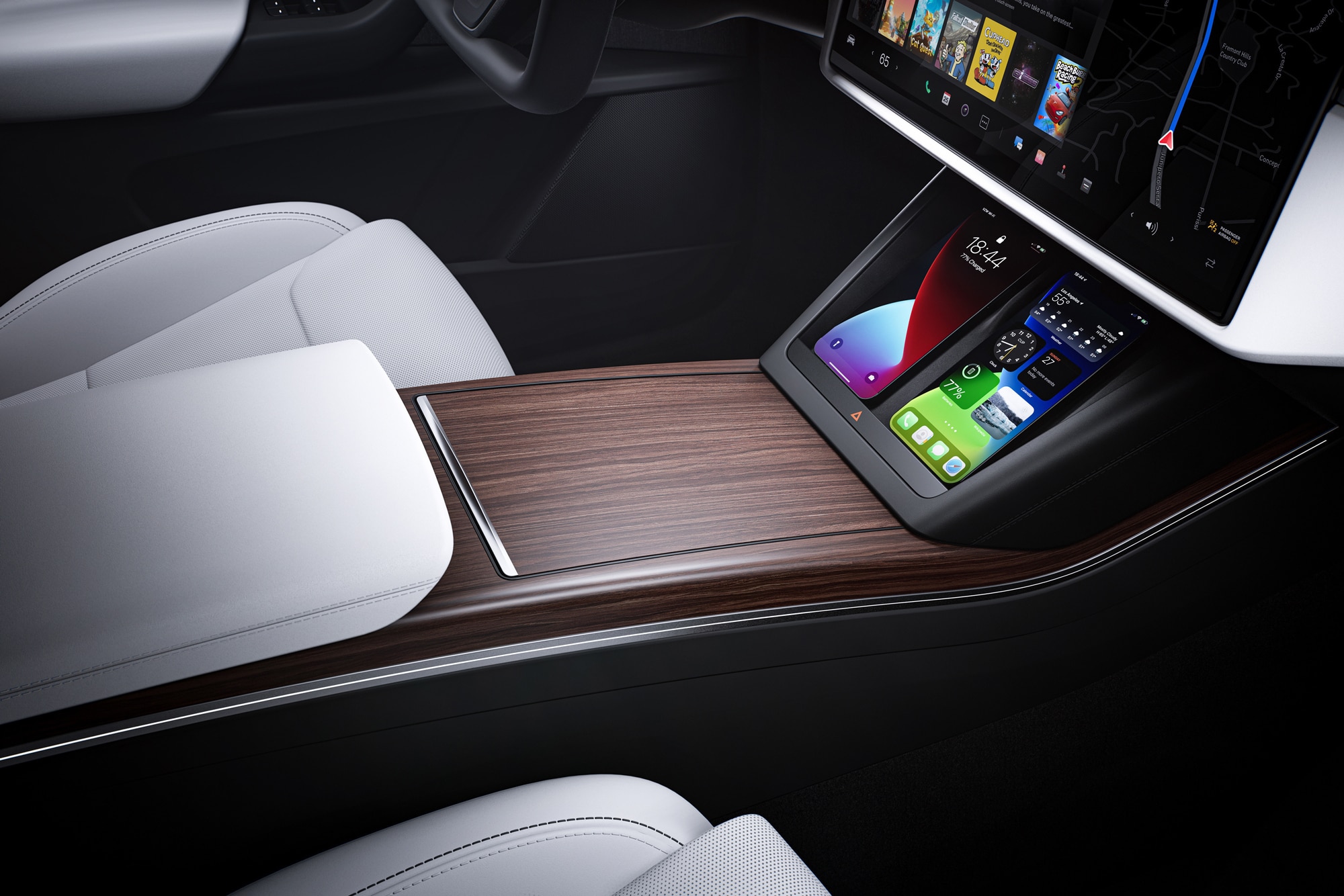Three Things You Should Know About Electric Car Batteries
Sitting in a combustion-powered car just listening to the radio without the engine running will drain its battery — is it any different when you're stationary in an EV?
 Tesla
Tesla
Your average EV requires battery power to propel itself down the road. But the battery is also needed to power all the accessories, like the heating, cooling, and infotainment systems. There are also some unique requirements that EVs have, systems engineered to keep the battery pack in prime operating condition.
Here, we look at the impact on the battery charge if you're stuck in a snowstorm, stranded in a massive traffic jam, or simply sitting in your car relaxing. It is important to know what activities sap the battery most.
How Are EV Batteries Different From ICE Batteries?
In an internal combustion engine (ICE) vehicle, the battery provides the initial energy to power the starter motor, which starts the engine. After the engine is running, the battery is recharged and maintained by the alternator. If the engine is turned off and accessories are on, the battery is the only source of power, and it will drain eventually.
In an EV, the motive battery is key, but there’s also a conventional 12V battery on board. At 400 volts — or even 800 volts in some of the most recent models — the motive battery delivers a tremendous amount of power to the wheels. EVs retain a tried-and-true 12V battery like those in an ICE car to supply power to their accessories, such as the climate-control system and the infotainment display. You wouldn’t want 800 volts zipping their way to a heated seat button, for instance as such would have to be quite robust to handle 800 volts — not to mention it is costly, dangerous and unnecessary.
The two batteries have decidedly different tasks, but the car can’t fully function without them. That’s why an electric car can still require a jumpstart.
What Consumes the Most Energy in an EV Battery?
Another unique aspect of an EV battery is that while providing energy for the electric motor(s) is the biggest drain, heating and/or cooling the battery pack itself is the second biggest drainer. In a study conducted for Wired magazine, data revealed that heating an EV consumed roughly 3 kW, while cooling was responsible for 4 kW. So, if you're stuck in a snowstorm or a traffic jam for an hour, you can absolutely expect to lose some driving range.
How To Save Battery Charge If You're Stuck
That same research looked at other accessories to determine how much driving range would be consumed when the vehicle is parked.
A traditional audio infotainment system is relatively inconsequential. Listening to your favorite tunes while waiting for traffic to clear will cost you some driving range. The more energy-intensive video game systems now available on the Tesla Model S and Model X would consume a lot more energy, but they weren't included in the study. If you want to recharge your smartphone, turn on the inside lights or operate the windshield wipers, go for it. These accessories were found to consume only 0.006, 0.02 and 0.17 miles of range in an hour, respectively.
Roughly three years ago, Tesla released a software update that included "Camp Mode" — a feature designed to allow people to stay inside their car, comfortably, for extended periods of time. This mode automatically sets the airflow and temperature in the cabin, while playing ambient music and displaying an image of a campfire on the center screen.
Other EVs now on the market, including those from Kia and Hyundai, have a similar, if less whimsical, setting called utility mode. It seems manufacturers are aware of the concerns of getting stuck for extended time periods — and these special modes are designed to let EV drivers rest easier.
Written by humans.
Edited by humans.
 Mark Hacking
Mark HackingMark Hacking is an award-winning writer with more than 20 years experience covering the automotive scene for some of the world's most popular publications. Mark holds an FIA International Race license and has his sights set on competing in the Rolex 24 at Daytona in the future. He was the first automotive journalist to race in the Ferrari Challenge series (in 2013) and the Jaguar I-PACE eTrophy series (in 2019).
Related articles
View more related articles